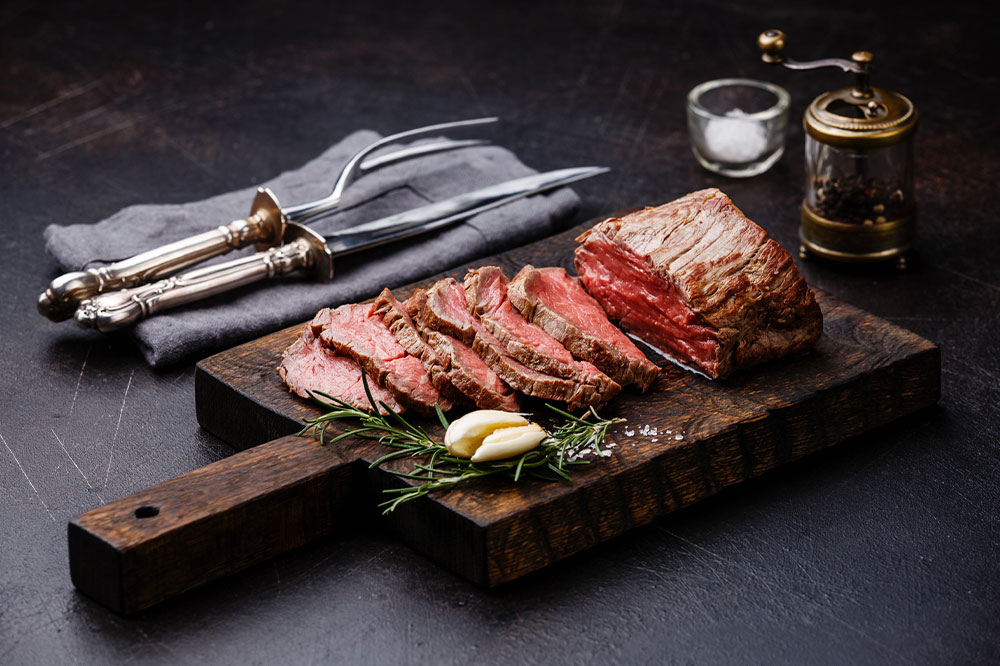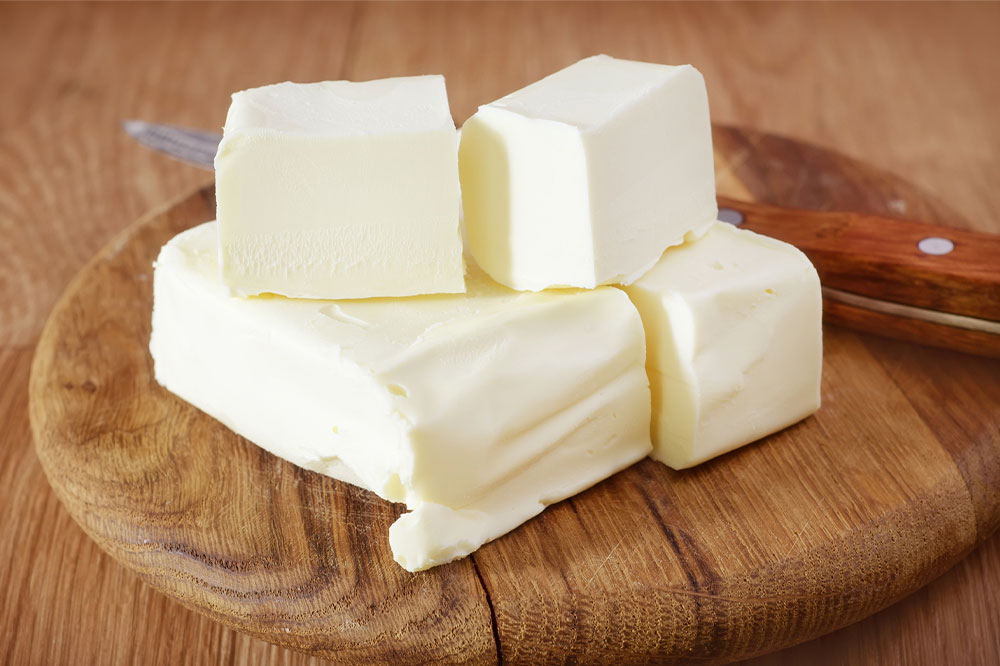Best Foods to Improve Blood Count and Circulation

For the body to function optimally, it is vital to have a stable blood count and good blood circulation. Blood count refers to the total amount of red blood cells (RBCs), white blood cells (WBCs), and platelets in the blood. Of these, the count of the RBCs and platelets should not drop below the normal range. A low RBC count can cause anemia, while a low platelet count can result in internal bleeding.
Foods that help improve blood count
A natural way to boost blood count is to include certain beneficial foods in the meal plan. The following foods help in raising and maintaining RBC and platelet numbers and preventing complications:
Red meat
Red meats like beef, poultry, and liver are rich in iron, an essential element for producing RBCs. These foods also boost hemoglobin levels in the blood, which are crucial in supplying oxygen throughout the body.
Spinach
This green leafy vegetable is a good source of folic acid (vitamin B9) and iron, which are vital for maintaining RBC levels. Spinach also helps increase platelet count to some extent.
Dairy products
Dairy products, such as milk and cheese, can help stabilize blood count. They contain vitamin B12, which is critical for creating RBCs and platelets in the blood.







